Fagus is a genus of hardy deciduous tree belonging to the same family as the oaks and chestnuts. There are several species all native of the north temperate zones of America, Europe, and Asian.
Beech trees are round-headed and spreading, growing to 80 feet or more with light-colored, smooth bark. Beech trees seem partial to limestone soils but large stands are found on acid soils. Beech prefers rather dry hillsides.
Beeches are hard-wooded and long-lived. They are relatively free of dead branches and insect pests. They are among the most decorative of garden trees in form, color, cleanliness, and grace.
Beech species are much alike but the varieties include forms with brilliantly colored and finely cut leaves, weeping or pendulous branches, and other interesting characteristics. In spring, beech trees are filled with heads of staminate flowers which are followed by three-cornered burry nuts containing edible kernels.
Beech thrive best where the soil is protected by a mulch of their own leaves. It is propagated by seed stratified over winter and sown in spring. Seedlings should be transplanted early because they develop long taproots which can easily be injured.
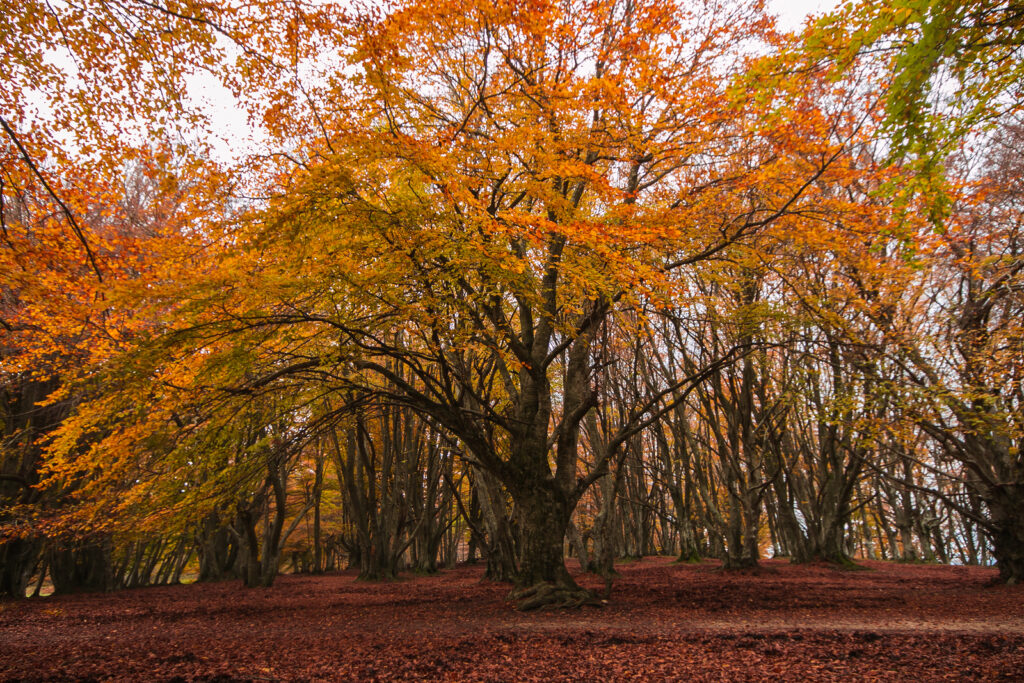
Get to know European Beech – Fagus
- Plant type: Deciduous tree
- Growing Zones and range: Zones 4 to 8
- Hardiness: Hardy
- Height and spread: To 100 feet (30m) tall, spread varies by variety and cultivar
- Foliage: Smooth gray bark, very pointed leaf buds, pointed oval leaves with smooth or toothed edges
- Flowers: Inconspicuous greenish blooms followed by triangular nuts
- Bloom time: Mid-spring
- Uses: Specimen tree, shade tree, hedge
- Common name: European beech
- Botanical name: Fagus sylvatica
- Family: Fagaceae
- Origin: Northern temperate zones in America, Europe, and Asia
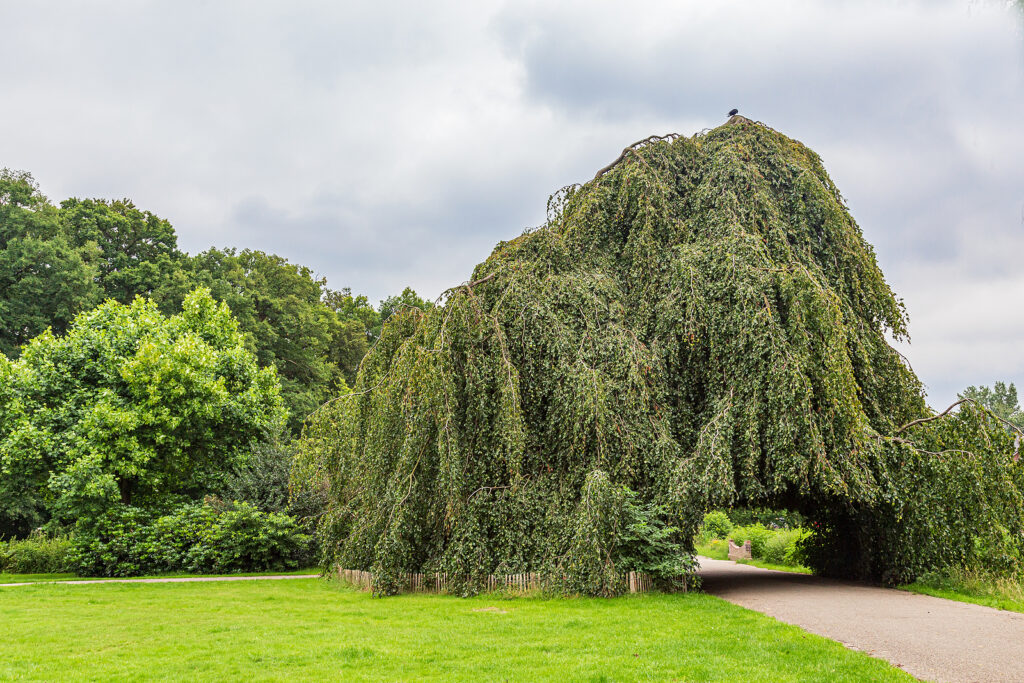
Where to plant Beech – Fagus
- Plant European beech in full sun to partial shade.
- Grow European beech in deep, loamy, moist, humus-rich, well-drained soil.
- Beech is intolerant of poor drainage.
When to plant Beech – Fagus
- Transplant balled-and-burlapped plants in spring.
- Plant container-grown trees in spring and autumn.
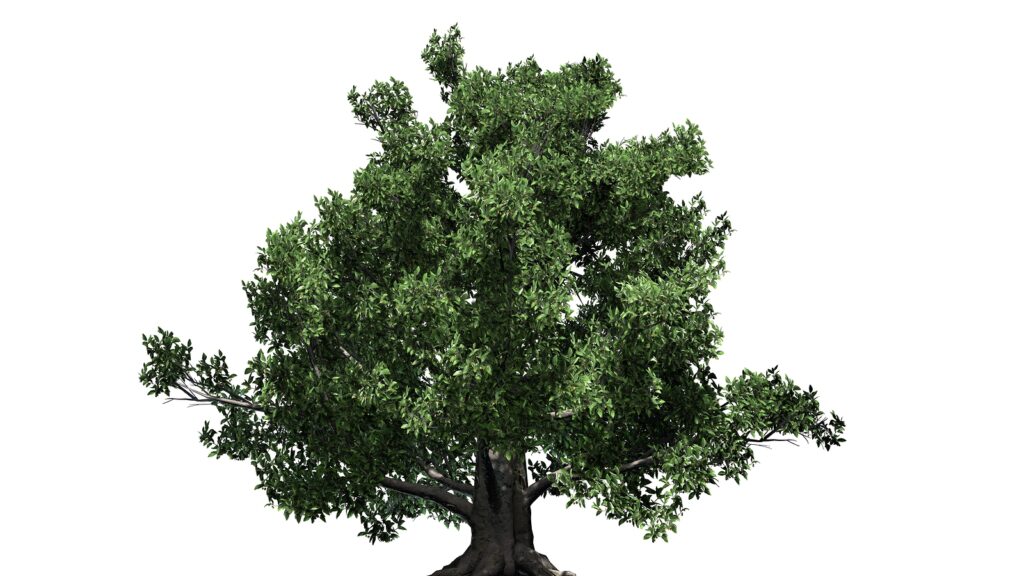
Planting and spacing Beech – Fagus
- Trees can grow to 35 to 45 feet (10.6-13.7m) tall or more depending on the variety; space 35 feet (10.6m) apart.
How to water and feed Beech – Fagus
- Grow best in just moist, well-drained soil
- Spread aged compost to the dripline
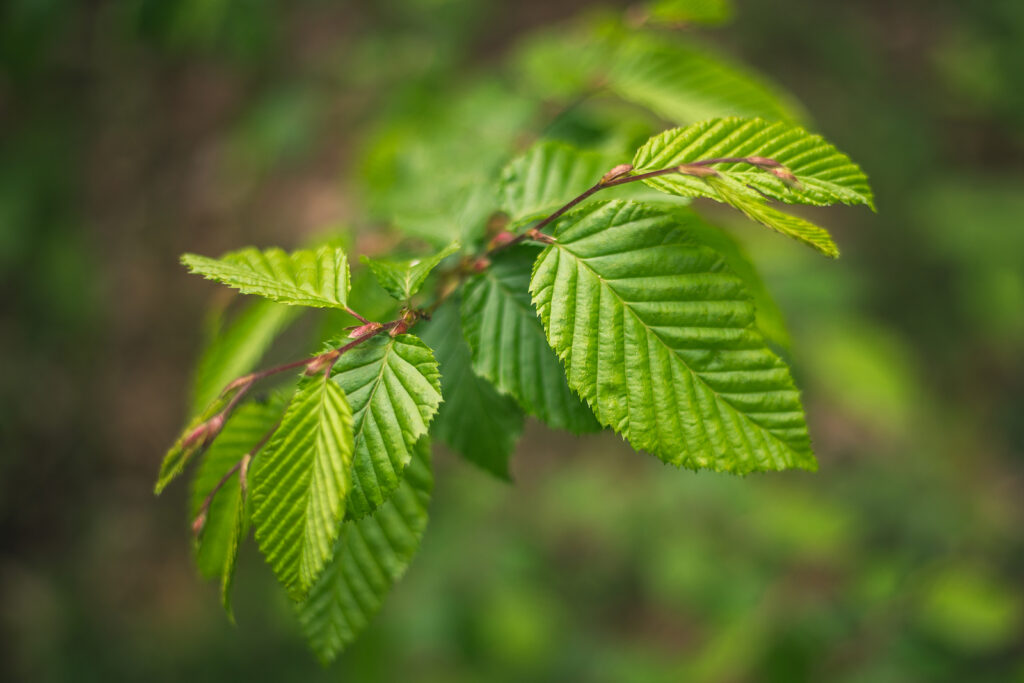
Beech – Fagus care
- Prune beech in summer; prune young trees to establish a straight trunk; prune young trees to a single leader.
- Train to a single leader to prevent breakage from multiple leaders.d Leaves lower branches on to create a round form.
- Prune beech trees when dormant.
- Protect roots from compaction.
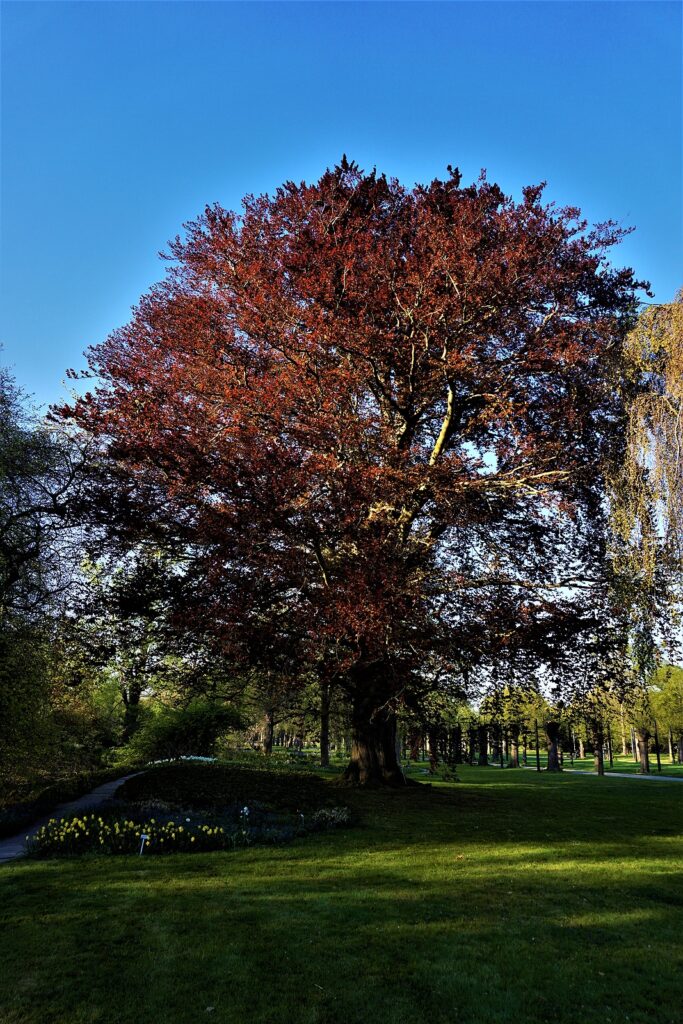
Beech – Fagus common problems
- Overfeeding beech can cause succulent growth which will attract aphids.
- Leaf spot, mildew, canker, scale, and beech bark disease can be problems.
- Honey fungus can be a problem if the plant is stressed.
- Beech bark disease can affect older specimens.
- Shallow roots and dense shade make it difficult to grow other plants under beech.
Beech – Fagus propagation
- Beech trees can be grown from seed; use grafted plants when a specific feature is required.
- Sow seed in fall.
- Graft in late winter and early spring.
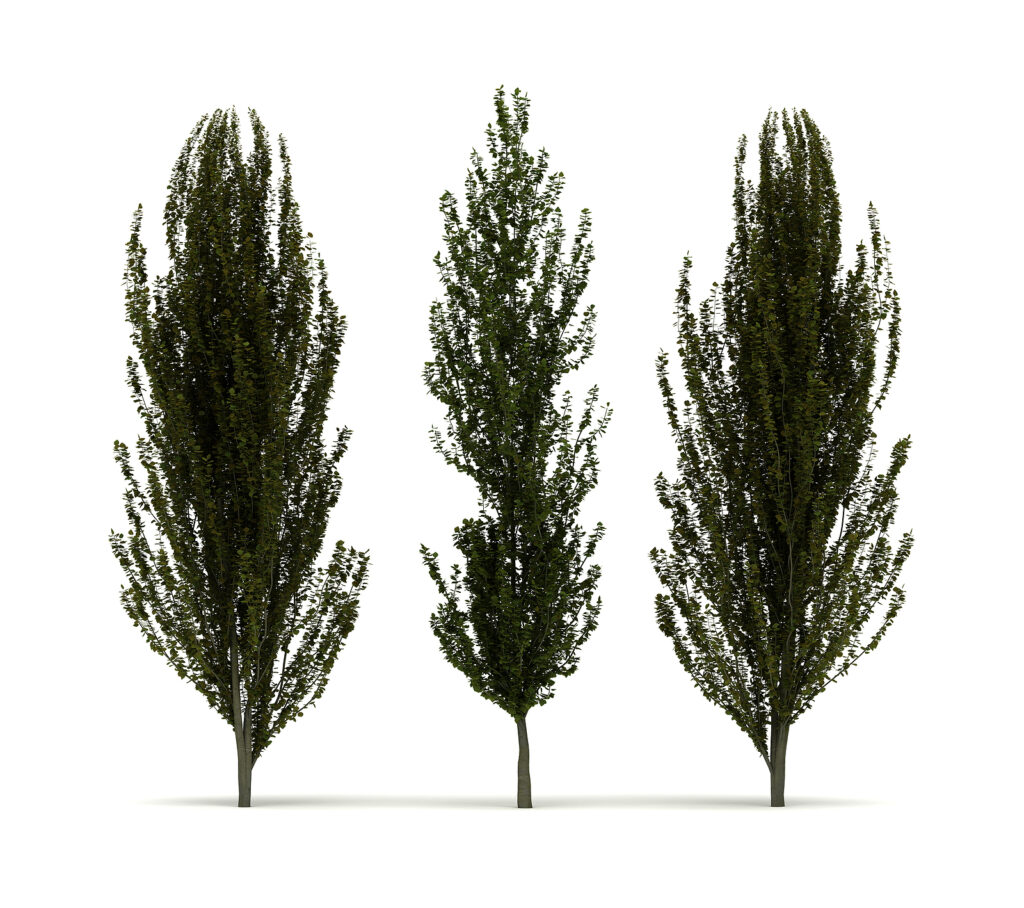
Beech varieties to grow
- Fagus crenata, Japanese beech: Leaves with scalloped edges, smaller than other beeches; reddish-brown fall color.
- F. grandifolia, American beech: Stately tree; tolerant of summer heat; leaves are toothed; golden bronze fall color; need plenty of room.
- F. sylvatica, European beech: Several varieties listed below; has light gray bark; large leaves turn yellow-bronze in fall; tends to sucker from roots; grow in Zones 3-8.
- F.s. ‘Asplenifolia’, fernleaf beech: Delicate foliage on a large, robust, spreading tree; narrow, deeply lobed leaves.
- F.s. ‘Copper beech’, ‘Purple beech’: Leaves deep reddish or purple.
- F.s. ‘Fastigiata’, Dawyck beech: Narrow, upright tree, 8 feet wide and 35 feet tall.
- F.s. ‘Laciniaa’, cutleaf beech: Narrow green leaves, deeply cut.
- F.s. ‘Pendula’, weeping beech: Irregular, spreading form; long, weeping branches reach the ground.
- F.s. ‘Purpurea Pendula’, weeping copper beech: purple-leafed weeping form to 10 feet tall; a good choice for containers.
- F.s. ‘Tricolor’, tricolor beech: Slow growing 24 to 40 feet, usually less; green leaves marked white and edged pink.
- F.s. ‘Zlatia’: golden beech: Young leaves yellow, aging to yellow-green; good or containers.















